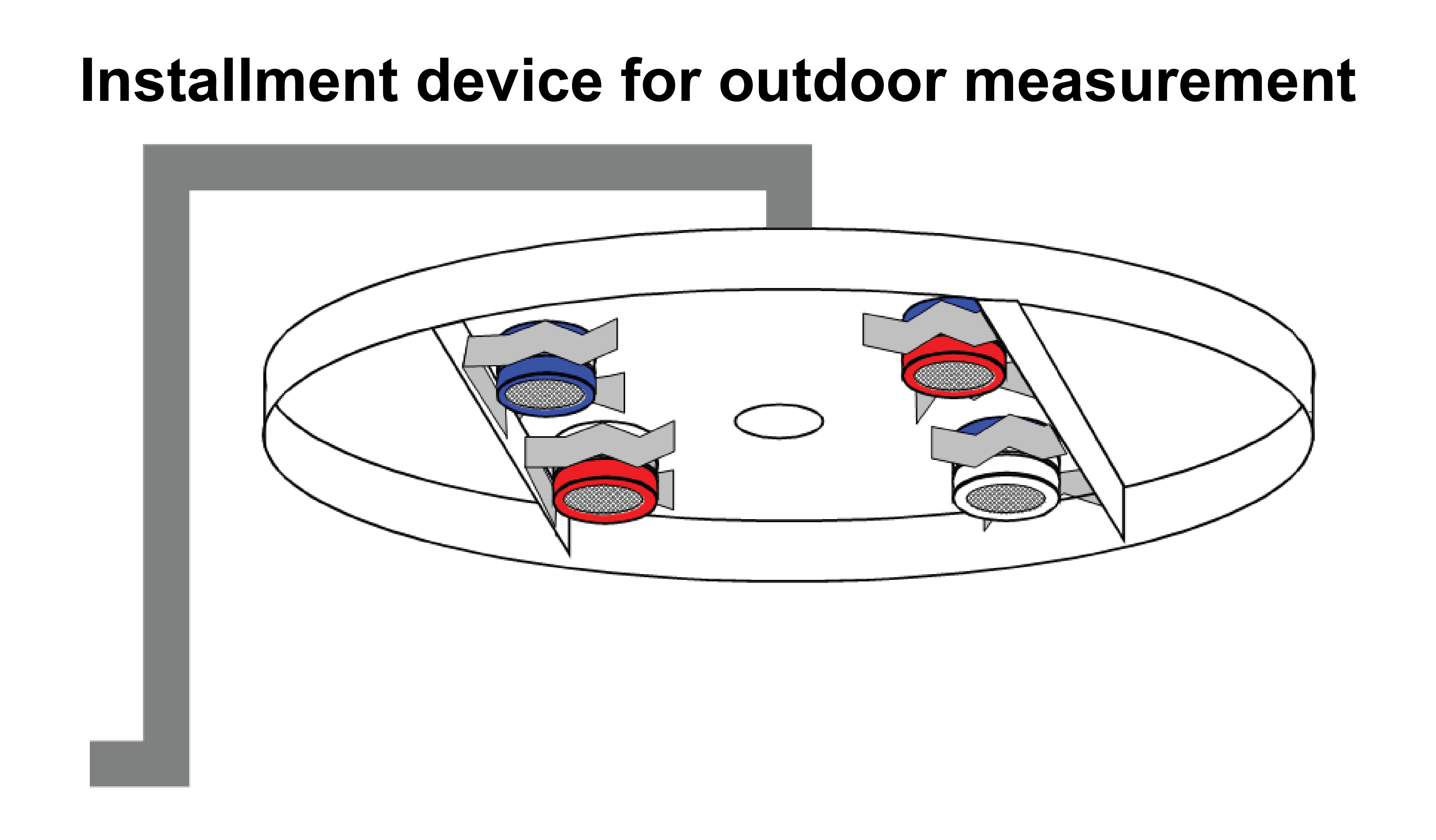
Diffusion sampling
IVL offers diffusion sampling and analysis of several different substances found in the air. The samplers can measure the incidence of air pollution both indoors and outdoors. IVL's diffusion sampler for nitrogen dioxide (NO2) has been used for measurement all over the world since 1989, and is market leading thanks to its simple design and reliable measuring capacity.
The samplers do not require electricity, which is why they are often called passive samplers, and they normally measure with a time resolution of between a weekend a month. Thanks to their low cost, a larger area can be covered, e.g. a larger number of samplers can be deployed over a large area for a longer period, which gives a good picture of the air pollution concentrations in a city. IVL is accredited in accordance with the International Standard ISO/IEC 17025:2017.
Examples of applications
- Mapping of levels in cities
- Air quality measurement in remote locations
- Personal sampling
- Corrosion studies
- Trend studies over long periods
- Model validation
- Infrastructure planning
- Support in selecting measurement location
- Epidemiological studies
IVL offers diffusion samplers and analysis of the following substances
Ammonia |
Formaldehyde & acetaldehyde |
Mercury |
Nitrogen dioxide |
Nitrous oxides |
Ozone |
Nitric acid |
Sulphur dioxide |
Hydrogen sulphide |
Volatile hydrocarbons (VOCs), Outdoor Nordic climate, Outdoor warm climate, Indoor GC-MS |
Sulphur dioxide, hydrogen fluoride & hydrochloric acid |
Organic acids (acetate, formate) |
Q&A - diffusion samplers
Ordering diffusion samplers
- For questions, contact; Viktor Klemetz or Marta Segura Roux
- Download the order form
 Pdf, 126.1 kB.
Pdf, 126.1 kB.


